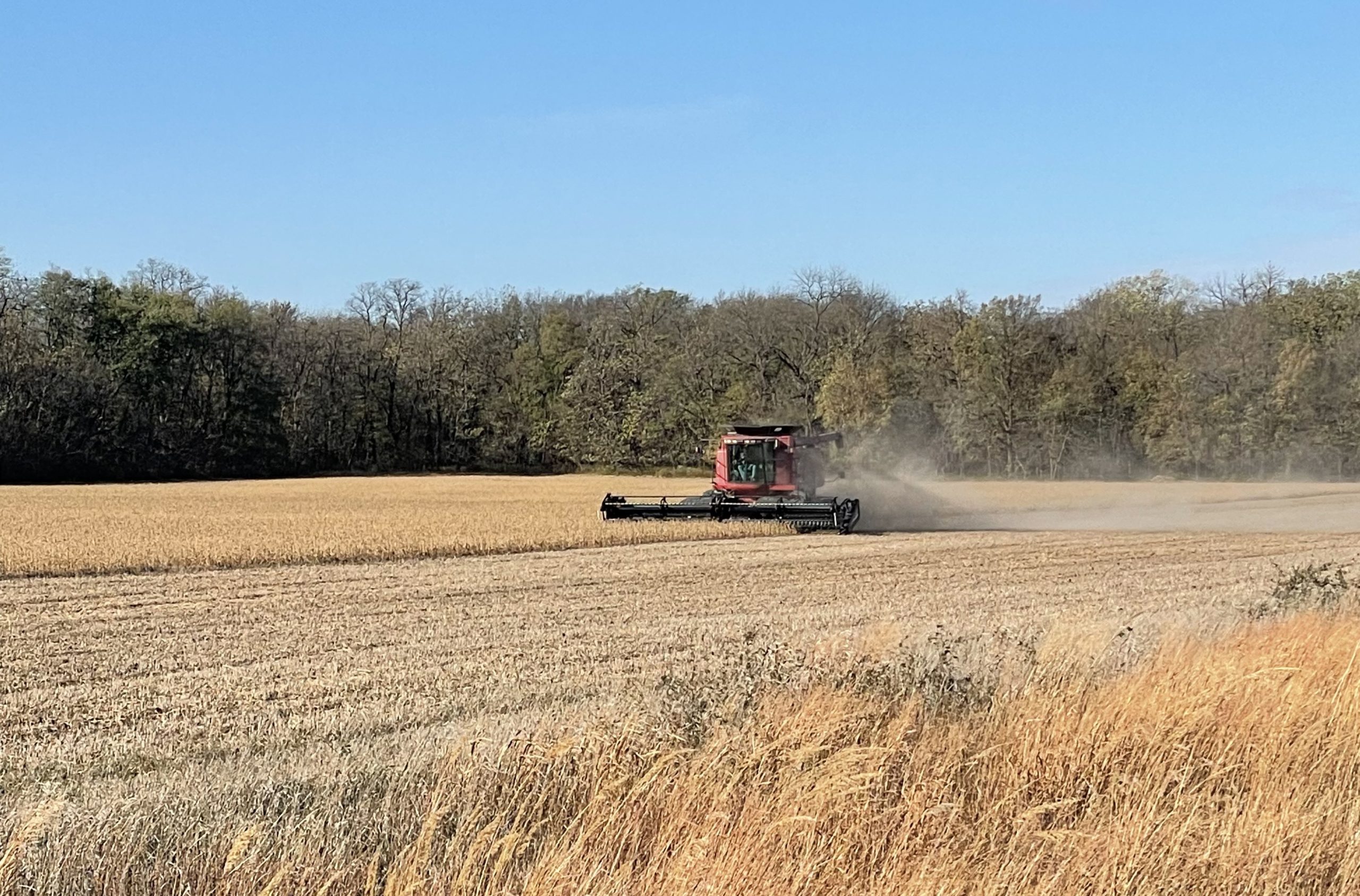In this edition we’re focusing on what soybeans mean to growers and their story is one of production agriculture’s greatest achievements.
Few farmers before 1950 could have witnessed the growth—a remarkable achievement by producers, researchers and industry—and the commitment it has taken it to new heights.
In his cover story, David Murray writes about usage and market potential from the eyes of Scott Gerlt, chief economist at the American Soybean Association, a grassroots organization with funding from the United Soybean Board (the soy checkoff) that develops profit opportunities for United States farmers. That mission includes delivering results in production research, value chain marketing, new industrial uses and cultivating markets here and abroad.

Also in this edition as part of our content series that recognizes High Plains Journal’s 75 years of delivering news to farmers and ranchers, I took a look at how the soybean industry has evolved, success stories and future challenges through the eyes of experts like Kenlon Johannes, a retired soybean executive, and Mark Licht, an associate professor and Extension cropping systems specialist at Iowa State University.
Licht notes in 2023 the average bushels per acre was 50.6, the fifth highest on record with a production of 4.16 billion bushels, the sixth highest on record. The first recorded soybean yields were 15 bushels per acre in the 1920s.
To lend some perspective, the following are statistics courtesy of the U.S. Department of Agriculture.
• In 1949, there were 11.9 million acres planted and 10.5 million harvested with a yield per acre of 22.3 bushels per acre.
• 1959, 23.3 million acres planted, 22.6 million acres harvested, yield 23.5 bpa.
• 1969, 42.5 million acres planted, 41.3 million acres harvested, yield 27.4 bpa.
• 1979, 71.4 million acres planted, 70.3 million acres harvested, yield 32.1 bpa.
• 1989, 60.8 million acres planted, 59.4 million harvested, yield 32.3 bpa.
• 1999, 73 million acres planted, 72.4 million acres harvested, yield 36.6 bpa.
• 2009, 77.5 million acres planted, 76.4 million acres harvested, yield 44 bpa.
The future soybean production looks promising from an economic standpoint. Today’s soybean industry has an economic impact of $124 billion, according to a 2023 study by the National Oilseed Processors Association and United Soybean Board. The impact includes $85.7 billion from soy production and $9.8 billion from processing.
Food, renewable diesel and export markets continue to show promise.
It does not come without its share of challenges from staying ahead of higher input costs and aggravations with weed and disease pressure, Licht noted. Also, finding ways to work with regenerative practices is something growers have indicated they wanted to see.
Growers, researchers and industry recognize farmers have to stay profitable or none of it matters. When that it is in balance it is amazing what can happen and how farmers can grow their own industry.
Dave Bergmeier can be reached at 620-227-1822 or [email protected].
Sign up for HPJ Insights
Our weekly newsletter delivers the latest news straight to your inbox including breaking news, our exclusive columns and much more.




